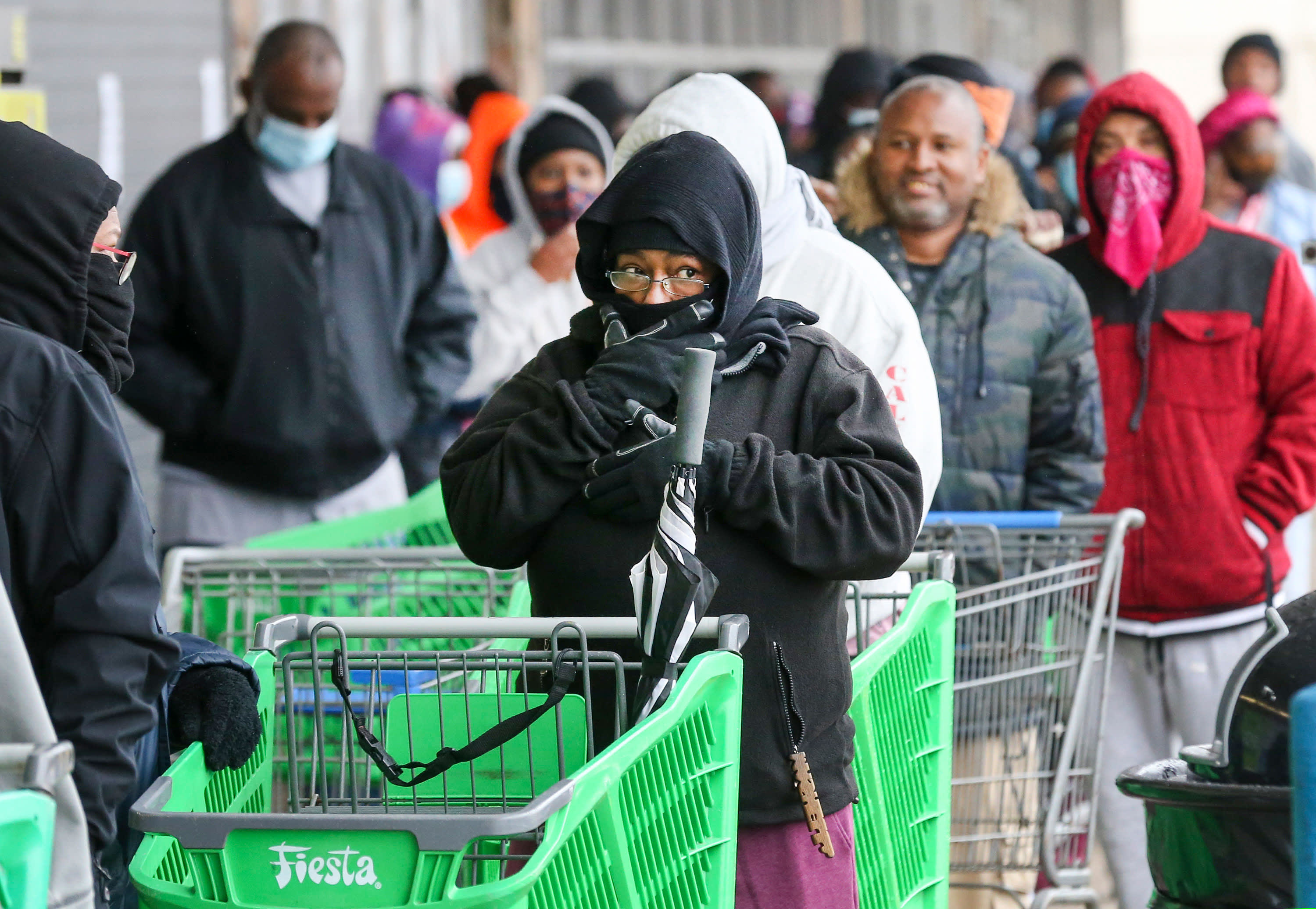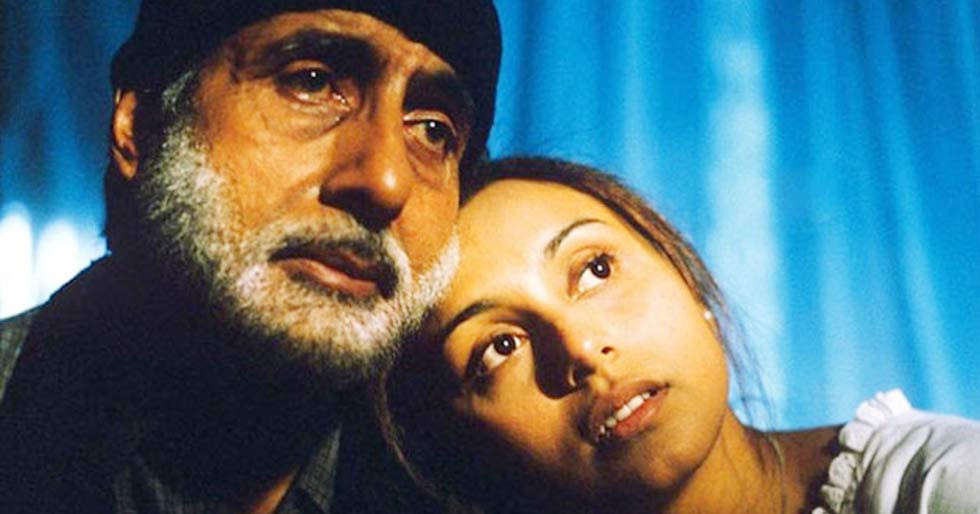The government has impressed upon public-sector banks (PSBs) to raise capital from the markets more aggressively, taking advantage of abundant liquidity, and ensure a sustained credit push to help spur economic activities, as lockdown curbs are all but lifted.
At the same time, it is planning to finalise by late February or early March the distribution of the Rs 20,000-crore capital, approved in September, among various PSBs after assessing their financial performance in the third quarter as well as success in fund-raising, sources told FE.
“The idea is to ensure that PSBs have adequate capital to not just meet regulatory requirement but also substantially boost lending. PSBs have lined up fund-raising plans, so that they don’t have to rely excessively on the government for more capital,” said a senior banker.
While all state-run banks are told to tap the markets more aggressively, it’s more critical for the nine of the 12 PSBs — barring just State Bank of India, Bank of Baroda and Canara Bank — in which the government holds above 80%, he added. PSBs are also exploring, more vigourously, the option to offload non-core assets.
The government had refrained from providing for more capital for state-run banks in the Budget for FY21, assuming that its massive infusion of Rs 2.6 lakh crore in the three years through FY20 would be enough. Last fiscal, it had extended Rs 70,000 crore. However, the Covid-19 outbreak and consequent pressure on the banks’ balance sheets forced it to seek Parliamentary approval in September for a supplementary demand of Rs 20,000 crore to infuse fresh capital.
Bankers have said much depends on the Supreme Court verdict on a plea for a waiver of interest for critical sectors like realty and power during the six-month repayment moratorium period. Any directive to banks to share the burden, along with the government, will further strain their finances and raise capital requirements, bankers fear.
Already, the SBI board in July planned to raise as much as Rs 25,000 crore this fiscal. Punjab National Bank intends to raise Rs 14,000 crore — Rs 4,000 crore in tier-II capital, Rs 3,000 crore in AT-1 bonds and Rs 7,000 crore through qualified institutional placement. Similarly, Bank of Baroda wants to raise Rs 13,500 crore and Canara Bank Rs 8,000 crore.
However, while larger lenders can raise resources, the smaller ones need the government help the most. Rating agency Icra has estimated that state-run banks need Rs 50,000-60,000 crore in capital even after the RBI breather on the one-time restructuring of loans. In August, Moody’s had said PSBs will need Rs 2.1 lakh crore over the next two years, and most of it might have to come from the government.
Non-food bank credit growth decelerated to 5.6% in October from 8.3% a year before, show the latest RBI data. Credit to industry, in fact, contracted by 1.7% in October from a rise of 3.4% a year earlier. Having risen at a double-digit pace in FY19, the non-food credit growth started faltering since last fiscal.
The economy, which saw a record 23.9% slide year-on-year in the June quarter and a 7.5% fall in the second quarter, needs a massive credit push to get back on its feet in the aftermath of the unlock. PSBs have to shun risk aversion and do the heavy lifting, especially because shadow lenders’ ability to lend has been impaired by the crisis. Several agencies have forecast the GDP to contract by up to 11% in FY21. Although a rebound in growth is expected in FY22, analysts expect it to be mainly on the back of a favourable base.
In its Financial Stability Report, the RBI had forecast that gross non-performing assets (NPAs) may jump from 8.5% at the end of March 2020 to 12.5%, a 20-year peak, by March 2021. However, the NPA level may shoot to 14.7% by March 2021 in case of a severity of economic stress.
However, with the graded pick-up in manufacturing following the easing of lockdown measures, credit offtake is expected to pick up in the coming months. Banks have made progress in implementing some of the critical schemes of the schemes, announced in May as part of a Rs 21-lakh-crore relief package. For instance, by early November, banks had sanctioned loans of about Rs 2 lakh crore under the Rs 3-lakh-crore credit guarantee scheme.
Get live Stock Prices from BSE, NSE, US Market and latest NAV, portfolio of Mutual Funds, calculate your tax by Income Tax Calculator, know market’s Top Gainers, Top Losers & Best Equity Funds. Like us on Facebook and follow us on Twitter.
![]() Financial Express is now on Telegram. Click here to join our channel and stay updated with the latest Biz news and updates.
Financial Express is now on Telegram. Click here to join our channel and stay updated with the latest Biz news and updates.






More Stories
IndusInd pays premium to redeem warrants
NBFC stressed assets may hit Rs 1.5-1.8 lakh crore by fiscal-end, says Crisil
NPA Watch: Banks wrote off loans worth over Rs 25,500 crore in Q3